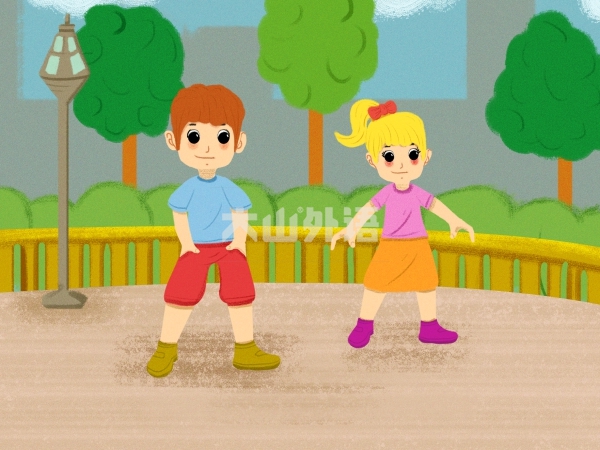同位语部分是个句子,就是同位语从句,这种用法比较"固定" 。

1.在复合句中用作同位语的从句叫同位语从句。它一般跟在某些名词后面,用以说明该名词表示的具体内容。
例句:I heard the news that our team had won.
我听到了我们队获胜的消息。
2.可以跟同位语从句的名词通常有news,idea,fact,promise,question,doubt,thought,hope,message,suggestion,word(消息),possibility,decision等(一般的“抽象”名词都可用)。
例句:I’ve come from Mr. Wang with a message that he won’t be able to see you this afternoon.
我从王先生那里来,他让我告诉你他今天下午不能来看你了。
3.英语中引导同位语从句的词通常有连词that,whether,连接代词what,who。连接副词how,when,where等。(注:if不能引导同位语从句。)
例句:He must answer the question whether he agrees with it or not.
他必须回答他是否同意这样一个问题。
4.有时同位语从句可以不紧跟在说明的名词后面,这是因为英语中的尾重原则(即不允许“头重脚轻”的现象存在)
例句:The news is surprising that David hit Boots,his classmate to the ground.大卫把他同学布茨打倒在地的消息令人惊讶。











